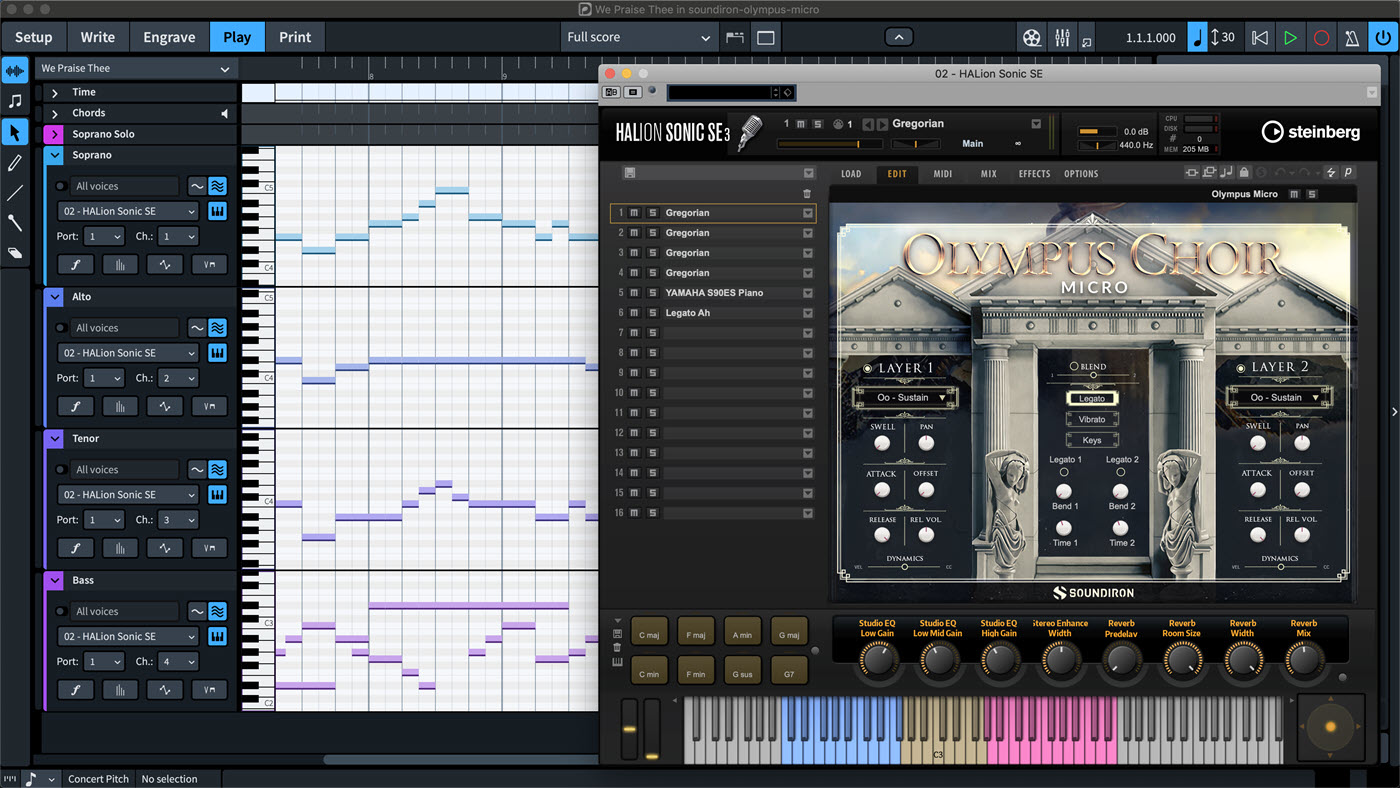

but such is life and it's good for the brain to find workarounds. Yes, I'm often surprised at what Logic's Notation features can do and often frustrated that I can't do some very simple things easily. (though I see a small "tell" on the big beam below the 7 tuplet) Some prefer to use two flat signs with a slash through it instead (called "flat-flat-slash"). Symbol is usually the backwards flat sign combined with the normal flat sign (called "mirrored-flat2" in mscore). Some prefer to use the flat sign with a slash through it instead (called "flat-slash")ġ 1/2 flat = 150 cents lower than unaltered note Symbol is usually the backwards flat sign (called "mirrored-flat" in mscore). Plowman - yes - that is the implementation of the score in logic ( that is why I showed logic's score editor local menu so it was clear the score is in fact duplicated in Logic.ġ/2 flat = 50 cents lower than unaltered note So logic can in fact do exotic scoring and I don't think it it unfair to compare or ask Logic to do this stuff - for as you can see if it quite capable of being achieved. You also keep pushing Muscscore - which is fine if you want use it - but I am not switching from Logic's as I prefer its scoring capabilities. Mark - You keep saying Logic is not a scoring program because of its Sequencer roots, yet I keep demonstrating that complex notation can in fact be done in Logic's score editor. I tend to use (most time) the Bravaura font and that is what I used here as well. The triplet and tuplets are not graphical but really are a triplet and septuplet (clicking on each will bring up the tuplet parameter dialogue box) - also notice the flags on the first and last 16th note (more to make you go hmmmmm) Starting with trying to make the tempo 112 in 10/8 time ( just try that one and see if you can do it in 15 seconds as one would expect.).

Plowman answered the questions on 1/2 flatĪtlas - thanks - yes it took more time than normal.
#Dorico tremolo update#
So, I decided to attempt to duplicate it (technically) for which I was able to achieve in Logic and the results are below ( I did update a few items I missed on the first pass)

The point and purpose of my post has nothing to do with analyzing its musical correctness, but quite to the contrary in showing logic can in fact duplicate a score for which a new application on the market indicates these are some of the advanced functions that differentiate its (the Dorica product) from others.
#Dorico tremolo free#
Ski/Dan - since you cannot see the barline - you can't determine its compliance to musical standards or if its more free form. at a conference so sorry for the delay.įirst here is the actually image from the steinberg website I was trying to duplicate (And, of course, also because I am not involved with any projects that might have "standardized on" something else.) I simply never pursued the other two programs because my needs were met – and, exceeded – with my very first pick. Although I am not a professional composer, I consider it to be "industrial strength" and would recommend it to anyone. (Although money was, so to speak, no object.) And-d-d-d-d. I stopped my search with MuseScore and have been happily using it ever since. Īs you may recall, several years ago I identified a need to have "a good scoring program," and I decided to evaluate MuseScore, Finale, and Sibelius, starting with MuseScore of course because it is free. Bagpipes? Shape-notes? 16th Century music scores? Bring it on.
#Dorico tremolo software#
Whether-or-not the software is capable of "playing back" what you have written, it above all allows you to write it. It customarily provides some kind of "playback" feature to help you hear what your printed page might "sound like," but its ultimate raison is: paper. Meanwhile, "a music scoring program" is focused specifically on the printed page. ) "events of precise duration at precise moments in time." It represents this world-view in several ways: piano-roll, score view, and so on. You see, "Logic is, fundamentally, a DAW." Its world-view, so to speak, consists of (among other things. If you want to do exotic scoring, the open-source program MuseScore can do this and more.Īnd I think that it's kind of unfair to expect Logic to do it.


 0 kommentar(er)
0 kommentar(er)
